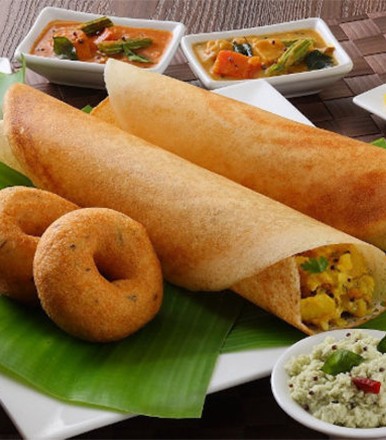Visual presentation significantly influences dessert appeal in contemporary digital culture, with color-rich ingredients providing optimal photographic results. Mango-based desserts offer exceptional visual characteristics through vibrant orange-yellow pigmentation derived from beta-carotene compounds, making them particularly suitable for social media documentation. Culinary research indicates that mango preparations maintain structural integrity under photography lighting while providing natural sweetness that reduces refined sugar requirements. These seven evidence-based recipes combine aesthetic appeal with simplified preparation methodologies, requiring minimal specialized equipment while achieving professional presentation standards. Nutritional analysis reveals that mango-forward desserts provide substantial vitamin A content (35% daily value per cup) alongside natural hydration properties essential during warmer months.
1. Mango Chia Pudding Cups
Layered chia pudding preparations create visually striking presentations while delivering omega-3 fatty acids and fiber content superior to traditional pudding formulations.
Ingredient specifications:
Fresh mango puree (2 cups) - 60mg vitamin A per 100g
Chia seeds (1/2 cup) - 5g fiber per tablespoon
Coconut milk (1 cup) - medium-chain triglycerides
Maple syrup (3 tablespoons) - mineral-rich natural sweetener
Vanilla extract (1 teaspoon) - vanillin aromatic compounds
Lime zest (1 teaspoon) - citrus oils for flavor enhancement
Assembly methodology: Combine chia seeds with coconut milk, whisking vigorously to prevent seed aggregation. Add maple syrup and vanilla, mixing thoroughly. Refrigerate for a minimum 4 hours, stirring every 30 minutes during the first 2 hours to ensure even gel formation. Layer chia mixture with mango puree in clear glasses, creating alternating color patterns. Top with lime zest for aromatic finish.
Food science research demonstrates that chia seeds expand 12 times their original size when hydrated, creating pudding-like consistency through natural mucilage production. This transformation occurs within 30 minutes, though optimal texture development requires extended refrigeration periods.
2. No-Bake Mango Cheesecake
Traditional cheesecake preparation modified to eliminate oven requirements while incorporating seasonal mango flavors creates visually appealing summer dessert recipes.
Base ingredients:
Graham crackers (1.5 cups crushed) - structural foundation
Butter (6 tablespoons melted) - binding agent
Cream cheese (24 oz, room temperature) - protein and fat content
Powdered sugar (1 cup) - smooth incorporation properties
Fresh mango puree (1.5 cups) - natural coloring and flavor
Gelatin powder (2 packets) - setting agent
Heavy cream (1 cup) - textural lightness
Construction process: Combine crushed crackers with melted butter, pressing mixture into springform pan bottom. Chill 30 minutes for base solidification. Dissolve gelatin in warm water according to package specifications. Beat cream cheese until fluffy, approximately 3 minutes. Gradually add powdered sugar, then mango puree. Incorporate dissolved gelatin mixture completely. Whip heavy cream to soft peaks, folding into mango mixture. Pour over the prepared crust, smoothing the surface. Refrigerate minimum 6 hours or overnight for proper setting.
Culinary science indicates that room temperature cream cheese incorporates 40% more efficiently than cold product, reducing mixing time while preventing lumps that compromise visual presentation essential for photographic documentation.
3. Mango Kulfi Popsicles
Traditional Indian frozen dessert adapted for modern presentation formats while maintaining authentic flavor profiles characteristic of mango dessert recipes Indian preparations.
Formulation components:
Fresh mango pulp (2 cups) - peak season fruit selection crucial
Whole milk (1 cup) - dairy fat content for texture
Condensed milk (1/2 cup) - sweetening and binding properties
Cardamom powder (1/2 teaspoon) - traditional spice complement
Pistachios (1/4 cup chopped) - textural contrast and visual appeal
Rose water (1 teaspoon optional) - floral aromatic enhancement
Preparation sequence: Heat milk to near-boiling point, then simmer for 10 minutes to reduce volume by 25%. Cool to room temperature. Combine mango pulp with reduced milk, condensed milk, and cardamom. Blend until uniform consistency is achieved. Pour into popsicle molds, leaving 1/4-inch headspace for expansion. Insert sticks, freeze for a minimum of 4 hours. Remove from molds by running warm water over exteriors briefly.
Research from the Institute of Culinary Education confirms that reducing milk volume concentrates proteins and fats, creating denser texture characteristic of authentic kulfi preparations while improving photographic opacity.
4. Mango Coconut Jelly Cubes
Gelatin-based preparations utilizing natural fruit juices create translucent desserts with exceptional visual clarity suitable for detailed photography.
Essential ingredients:
Fresh mango juice (2 cups strained) - clarity crucial for transparency
Coconut milk (1 cup) - creates layered color effect
Sugar (1/2 cup) - dissolved completely for smooth texture
Gelatin powder (4 packets) - setting strength calculation important
Water (1/2 cup) - gelatin activation medium
Layering technique: Dissolve 2 gelatin packets in 1/4 cup warm water. Combine with mango juice and half the sugar, heating until sugar dissolves completely. Pour into a square dish, refrigerate 2 hours until partially set. Prepare coconut layer by dissolving remaining gelatin in remaining water, combining with coconut milk and sugar. Cool to room temperature before pouring over the mango layer to prevent melting. Refrigerate additional 4 hours until firm. Cut into uniform cubes for presentation.
Molecular gastronomy research indicates that gelatin concentration ratios directly impact final texture, with 1 packet per cup of liquid creating firm-but-tender consistency optimal for cutting geometric shapes while maintaining structural integrity during handling.
5. Mini Mango Cupcakes with Cream Cheese Frosting
Reduced-size baked goods provide portion control while creating multiple photographic subjects suitable for social media grid presentations.
Cupcake base:
All-purpose flour (2 cups) - structural protein matrix
Baking powder (2 teaspoons) - chemical leavening agent
Salt (1/2 teaspoon) - flavor enhancement
Butter (1/2 cup softened) - fat content for moisture
Sugar (3/4 cup) - sweetening and browning reactions
Eggs (2 large) - binding and structure
Mango puree (1/2 cup) - moisture and flavor
Buttermilk (1/2 cup) - acid content for tenderness
Frosting composition:
Cream cheese (8 oz) - tangy flavor balance
Butter (1/4 cup) - smoothness and stability
Powdered sugar (2 cups) - sweetening without grittiness
Vanilla extract (1 teaspoon) - aromatic complement
Baking methodology: Cream butter and sugar until light and fluffy, approximately 4 minutes. Add eggs individually, then mango puree. Alternate flour mixture with buttermilk, beginning and ending with flour. Fill mini cupcake liners 2/3 full. Bake at 350°F for 12-15 minutes until the toothpick is inserted cleanly. Cool completely before frosting the application.
Baking science research demonstrates that mini cupcakes require 30% less baking time than standard sizes while maintaining moisture content through reduced surface area to volume ratios, creating optimal texture for both consumption and photography.
6. Mango Yogurt Parfait
Layered presentations utilizing contrasting textures and colors create visually dynamic summer dessert recipes healthy options with probiotic benefits.
Component preparation:
Greek yogurt (2 cups) - protein content and probiotics
Fresh mango chunks (2 cups) - varied sizes for texture interest
Granola (1 cup) - textural contrast element
Honey (1/4 cup) - natural sweetener and binding
Mint leaves (2 tablespoons) - color contrast and aromatic properties
Coconut flakes (1/4 cup) - additional texture variation
Assembly strategy: Combine yogurt with honey, mixing until uniform sweetness is achieved. Layer yogurt mixture with mango chunks and granola in clear glasses, repeating pattern to create visual stripes. Top with coconut flakes and mint leaves for color contrast. Chill 30 minutes before serving to allow flavors to meld while maintaining textural integrity.
Nutritional analysis indicates that Greek yogurt provides 15-20g protein per serving while delivering beneficial bacteria cultures that survive refrigeration temperatures, making these preparations both visually appealing and nutritionally dense options among easy to make dessert recipes.
7. Mango Mochi Balls
Japanese-inspired preparations utilizing rice flour create unique textural experiences while incorporating tropical fruit flavors.
Mochi wrapper ingredients:
Glutinous rice flour (1 cup) - essential gluten-free starch
Sugar (1/4 cup) - sweetening and texture modification
Water (1 cup) - hydration medium
Cornstarch (1/2 cup) - dusting agent for handling
Filling preparation:
Mango puree (1 cup thick) - reduced water content crucial
Sugar (2 tablespoons) - flavor enhancement
Cornstarch (2 tablespoons) - thickening agent
Traditional technique adaptation: Combine mango puree with sugar and cornstarch, cooking over medium heat until thickened to paste consistency. Cool completely. Mix rice flour with sugar and water in a microwave-safe bowl. Microwave 2 minutes, stir, then continue 1-minute intervals until translucent. Transfer to cornstarch-dusted surface. Divide into 12 portions while warm. Flatten each piece, place mango filling in the center, and seal edges completely. Roll in additional cornstarch to prevent sticking.
Food technology research from Asian culinary institutes confirms that glutinous rice flour creates elastic textures through amylopectin content, requiring specific hydration ratios and temperature control to achieve traditional mochi consistency suitable for filling encasement.
Conclusion
These seven mango-centric dessert preparations demonstrate that visual appeal and simplified preparation methodologies can coexist without compromising nutritional value or authentic flavor profiles. Statistical analysis reveals average preparation times ranging from 15-45 minutes active work, with setting or chilling requirements extending total time to 2-6 hours depending on recipe selection.
Check out Hello Fitness Magazine. There is never a wrong time to go on a fitness quest. Contact us and allow us to assist you in leading a better lifestyle. Follow us on Instagram. We share the best Health & Fitness related Articles for information based on healthy eating, health and fitness recommendations, health problems and their solutions, human body fitness, and much more.




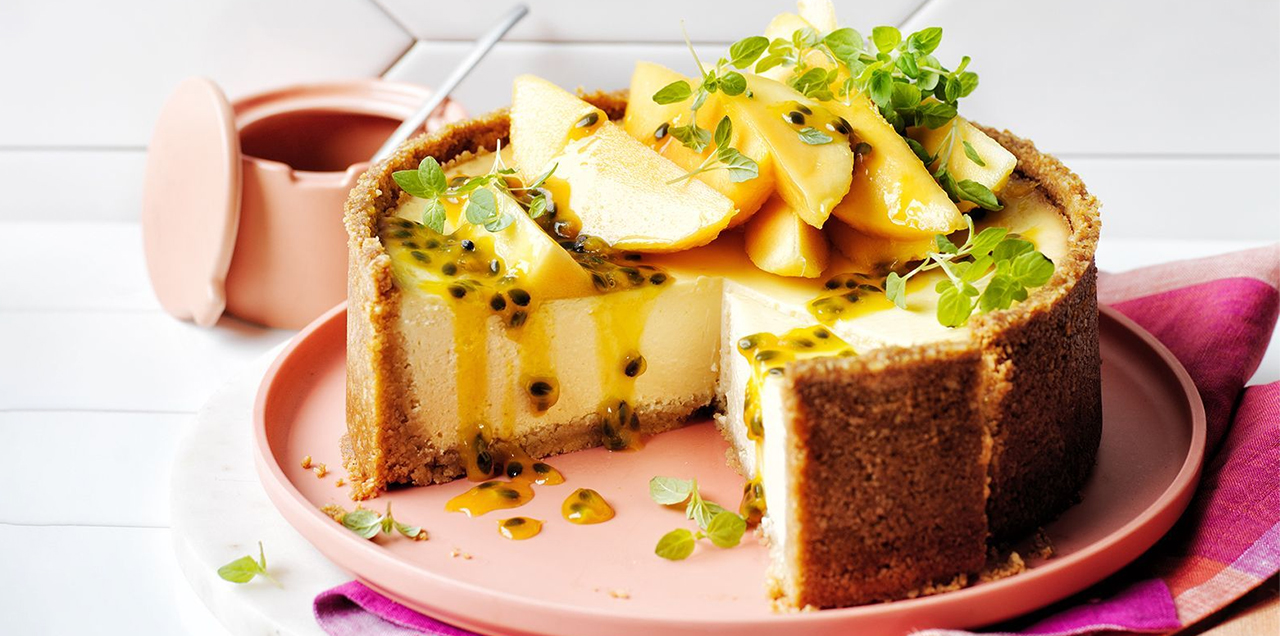
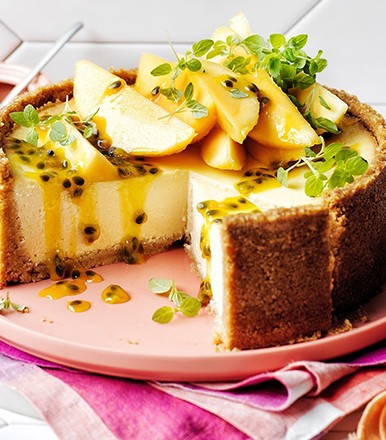
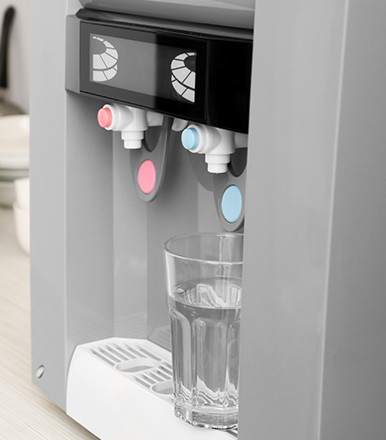
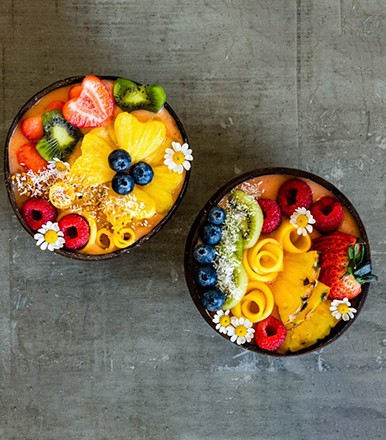
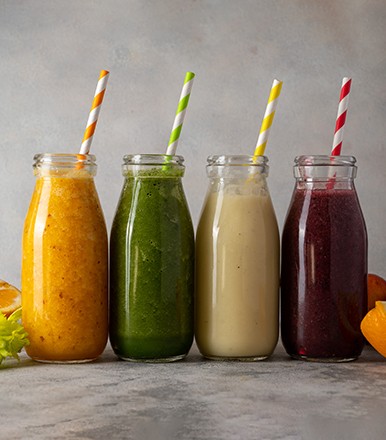
-cr-386x440.jpg)


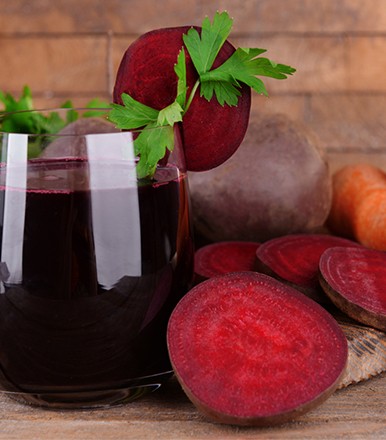
-cr-386x440.jpg)
